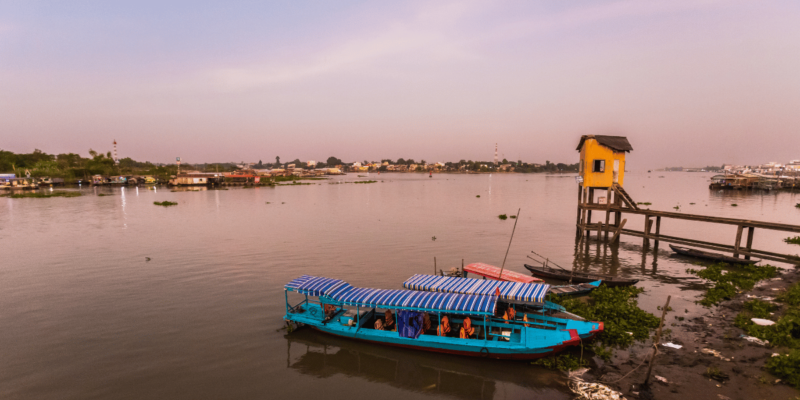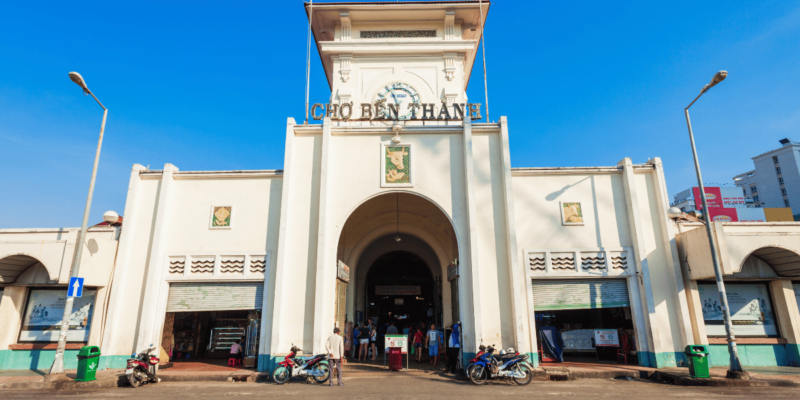Artistry in Vietnam
Vietnam boasts a rich and diverse artistic heritage that reflects its vibrant history and cultural depth. From ancient art forms to contemporary masterpieces, Vietnamese artistry encompasses a wide range of expressions that are integral to the nation’s identity. Understanding Vietnam’s artistic traditions provides a deeper appreciation of its culture and the creative spirit of its people. This article explores the historical development, traditional art forms, contemporary scene, craft villages, daily life integration, education, preservation, and the impact of globalization on Vietnamese art.
Historical Development of Vietnamese Art
The evolution of Vietnamese art is a testament to the country’s dynamic history. Early art forms date back to prehistoric times, with archaeological discoveries revealing intricate pottery and bronze artifacts. Throughout the dynastic periods, particularly the Ly, Tran, and Nguyen dynasties, Vietnamese art flourished with distinct styles in ceramics, sculpture, and temple architecture.
The Ly Dynasty (1010-1225) is renowned for its refined ceramics and Buddhist sculptures, while the Tran Dynasty (1225-1400) contributed significantly to woodblock printing and royal arts. During the Nguyen Dynasty (1802-1945), court art and folk painting reached new heights. The colonial period introduced European techniques and perspectives, blending them with traditional motifs to create unique artistic expressions. Today, this rich historical tapestry continues to influence contemporary Vietnamese art.
Traditional Art Forms
Traditional Vietnamese art forms are deeply rooted in the country’s cultural heritage and are still practiced today.
Silk Painting: This delicate art form involves painting on silk fabric using natural dyes. Themes often include landscapes, daily life, and historical events, showcasing the artist’s skill in capturing intricate details and vibrant colors.
Lacquerware: Vietnamese lacquer art, known as “sơn mài,” is a labor-intensive process that involves multiple layers of lacquer, derived from the resin of the Rhus succedanea tree. The result is a durable and glossy finish, often featuring intricate designs and mother-of-pearl inlays.
Water Puppetry: Originating in the Red River Delta, water puppetry is a unique performance art where puppets are controlled by hidden rods under water. These performances depict folklore, historical tales, and rural life, accompanied by traditional music and storytelling.
Calligraphy: Vietnamese calligraphy, influenced by Chinese characters, is a respected art form, especially during the Lunar New Year. Calligraphers create intricate characters that convey wishes for prosperity and good fortune, reflecting both artistic skill and cultural values.
Contemporary Vietnamese Art
The contemporary art scene in Vietnam is vibrant and diverse, shaped by historical experiences and modern influences. Post-colonial and post-war periods brought about a renaissance in artistic expression, with artists exploring themes of identity, history, and social issues.
Prominent contemporary artists like Nguyen Trung, Dinh Q. Le, and Tran Luong have gained international recognition for their innovative works. Art galleries and exhibitions, such as the Vietnam National Museum of Fine Arts and the Ho Chi Minh City Fine Arts Museum, showcase a blend of traditional and modern art, highlighting the country’s evolving artistic landscape.
Art and Craft Villages
Traditional craft villages play a crucial role in preserving Vietnamese artistry. These villages are dedicated to producing specific types of crafts, each with its unique techniques and traditions.
Bat Trang Village: Known for its high-quality ceramics, Bat Trang produces pottery that ranges from everyday items to intricate decorative pieces.
Dong Ho Village: Famous for its woodcut paintings, Dong Ho’s artworks depict folk tales and daily life, using natural colors and traditional techniques.
These craft villages not only preserve cultural heritage but also contribute to local economies, attracting tourists and art enthusiasts from around the world.
Art in Daily Life
Art is an integral part of daily life in Vietnam, influencing festivals, rituals, and everyday aesthetics.
Festivals and Rituals: Art is prominently featured in traditional festivals such as Tet (Lunar New Year), where decorations, calligraphy, and performances are central elements.
Decorative Arts: Homes and public spaces often display decorative arts, including lacquer paintings, embroidered textiles, and carved wooden furniture, reflecting the aesthetic sensibilities of Vietnamese culture.
Fashion and Design: Vietnamese fashion incorporates traditional elements such as silk and embroidery, blending them with modern designs to create unique and stylish attire.
Art Education and Preservation
Art education in Vietnam is vital for nurturing future generations of artists and preserving traditional art forms. Schools and universities, such as the Vietnam University of Fine Arts, offer specialized programs in various art disciplines.
Government and non-governmental organizations are actively involved in art preservation efforts. Initiatives include restoring historical artworks, promoting traditional crafts, and supporting contemporary artists. Despite challenges such as limited funding and modernization pressures, these efforts are crucial for sustaining Vietnam’s artistic heritage.
Impact of Globalization on Vietnamese Art
Globalization has had a profound impact on Vietnamese art, fostering a fusion of traditional and contemporary styles. International art markets and trends have influenced local artists, encouraging them to experiment with new materials and techniques.
Vietnamese art is increasingly recognized on the global stage, with artists participating in international exhibitions and collaborations. This global exposure not only enhances the visibility of Vietnamese art but also brings new opportunities for cultural exchange and innovation.
Conclusion
Vietnamese artistry is a rich tapestry of traditional and contemporary expressions that reflect the country’s cultural identity and historical journey. From ancient ceramics to modern installations, Vietnamese art continues to evolve, balancing the preservation of heritage with the embrace of modernity. Understanding and appreciating this artistic diversity is essential for recognizing the depth and dynamism of Vietnamese culture. As Vietnam navigates the challenges and opportunities of globalization, its artistic heritage remains a vital and vibrant part of its national identity.



















































